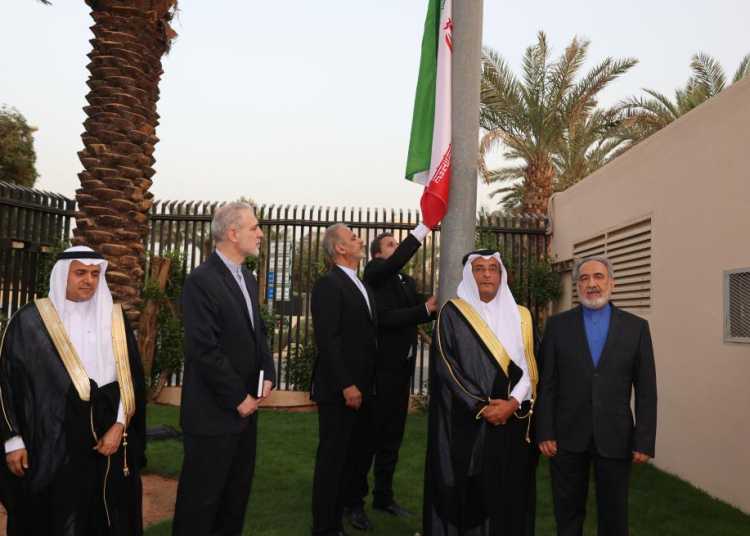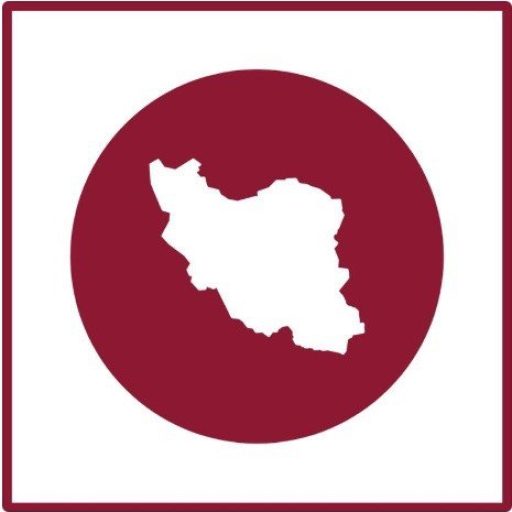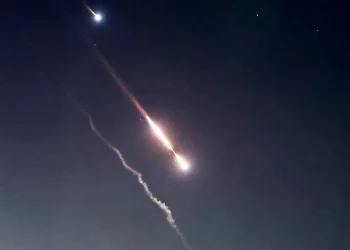On June 6th and 7th, Iran marked a significant milestone in the revival of its diplomatic relations with Saudi Arabia, as the former officially reopened its embassy in Riyadh, consulate general in Jeddah, and mission to the Organization of the Islamic Conference (OIC) after seven years.
This noteworthy development follows the mutual agreement between the two nations to establish their ties – an accord that was reached on March 10, 2023. Upon consenting to reopen their embassies and diplomatic missions, Iran and Saudi Arabia set a two-month timeline to complete the process, which, while slightly delayed, remains well on its path to fruition.
Prior to this reopening, it was reported that US Secretary of State Anthony Blinken was embarking on a three-day journey to Jeddah. Blinken’s voyage to Saudi Arabia has been widely echoed in the international media. The visit transpires during a dynamic period of shifting alliances and coalitions within the Middle East. One paramount aspect of this geopolitical evolution involves the normalization of relations between regional powerhouses Iran and Saudi Arabia, through the mediation of China.
This visit coincides with a marked intensification of Iran’s discord with Western powers over its nuclear program. The nation, presently fostering closer ties with Russia and China, accuses the West of reneging on its commitments. Concurrently, conjectures about the viability of negotiations between Iran and the West pertaining to talks to attain an agreement on Iran’s nuclear program have been reported in some western media.






